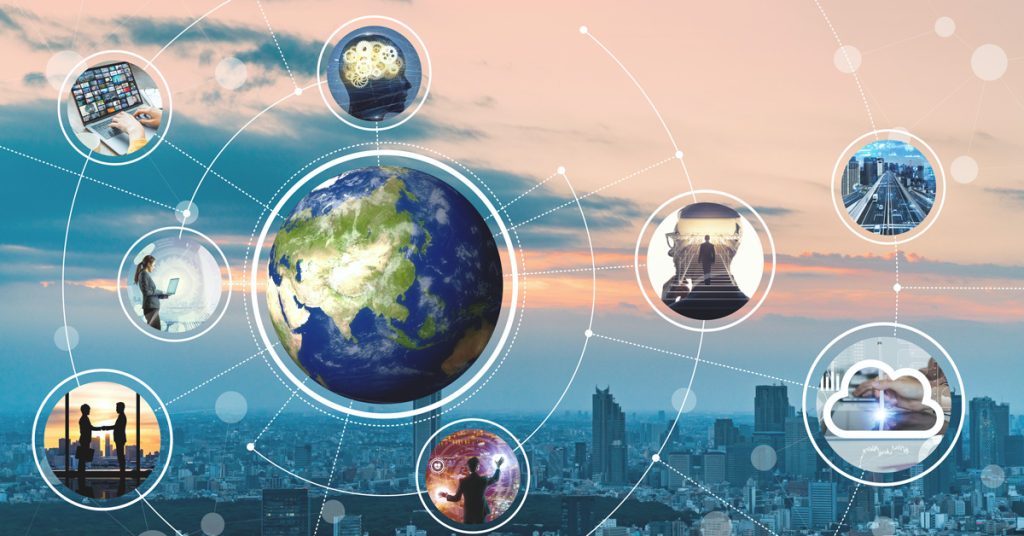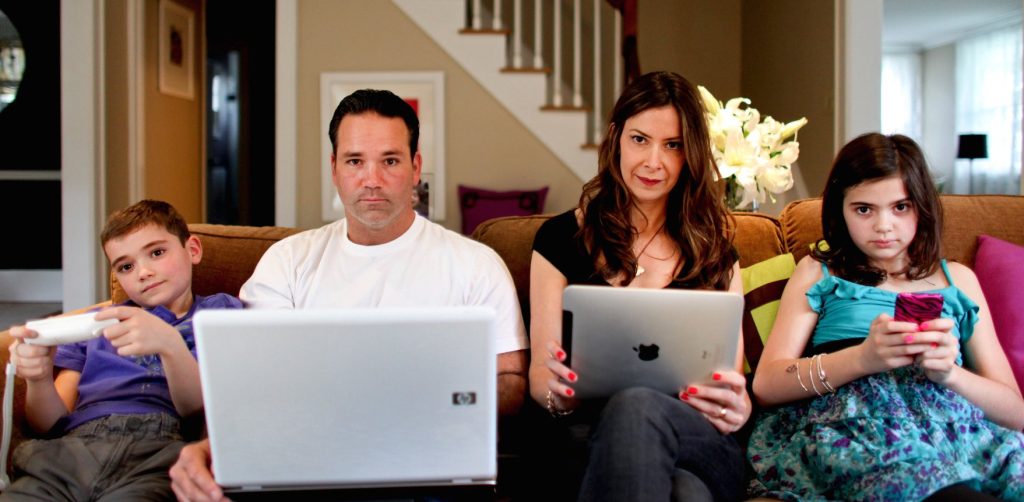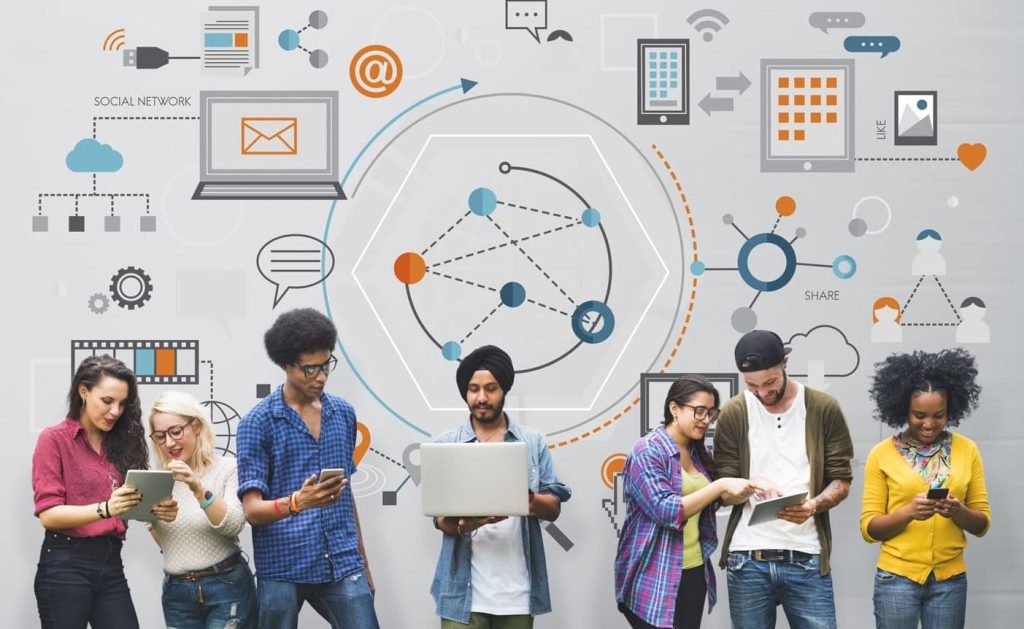Technology has impacted every aspect of our lives in the modern era, drastically altering how we engage and communicate. Technology, from social media sites to instant messaging applications, has reshaped the parameters of human interaction, opening up new channels for communication while also presenting formidable obstacles. This article explores the various ways that technology affects social interactions, stressing both the advantages and disadvantages.

Enhanced Connectivity and Communication
The improvement of connectivity is one of the most significant effects of technology on social interactions. Staying in touch with friends and family around the world is now possible thanks to social media sites like Facebook, Instagram, and Twitter. By enabling real-time sharing of updates, ideas, and experiences, these platforms promote a feeling of belonging and community. Real-time conversations and the ability to communicate instantly have been made possible by instant messaging apps such as Telegram, WhatsApp, and Messenger.
The way we communicate has also been completely transformed by video conferencing platforms like Zoom, Skype, and Microsoft Teams, especially in business and education contexts. They have made online learning and remote work possible, enabling people to interact and collaborate without being physically present.
The Rise of Virtual Relationships
Additionally, technology has led to the emergence of virtual relationships, which can be complex and enriching. The way people meet and start romantic relationships has changed as a result of online dating apps like Tinder, Bumble, and OkCupid. These platforms broaden the pool of possible matches beyond local boundaries by providing the ease of meeting possible partners in the comfort of one’s own home.
Virtual relationships, though, can also present difficulties. Misunderstandings and poor communication can arise from a lack of physical presence and nonverbal clues. Furthermore, people may behave dishonestly as a result of the anonymity offered by the internet, presenting themselves differently online than they do in person.
Social Media and Self-Expression
Social media has developed into a potent instrument for self-expression, enabling people to share their skills, viewpoints, and lifestyles with a worldwide audience. Influencers who have developed careers by sharing content that appeals to their followers have emerged thanks to platforms like YouTube, TikTok, and Instagram. Diverse voices can now be heard thanks to the democratization of content creation, which encourages innovation and creativity.
But the pressure to uphold a particular online persona can also be harmful to one’s mental well-being. Feelings of inadequacy, anxiety, and depression can result from the constant comparison with others and the chase of likes and followers. People who spend too much time on social media, frequently at the expense of in-person relationships and obligations, are becoming more and more concerned about social media addiction.

The Digital Divide
Unquestionably, technology has made many people more connected, but it has also made the digital divide worse. Inequalities in social interactions result from unequal access to technology and the internet. In addition to facing difficulties in social inclusion, work, and education, those without access to these technologies are frequently excluded from the digital discourse. Since this gap has the potential to widen already-existing social disparities, accessibility and digital literacy concerns must be addressed.
The Impact on Face-to-Face Interactions
Face-to-face interactions have also been impacted by the ease and accessibility of digital communication tools. Even though technology helps us stay in touch with friends and family who live far away, it can occasionally take the place of face-to-face interactions. Phubbing, or ignoring someone in favor of a smartphone, is a widespread practice where people value their online relationships more than those with those around them.
Excessive use of technology has been linked to lower empathy and emotional intelligence as well as worse face-to-face interactions, according to studies. People may find it difficult to establish and preserve meaningful, long-lasting relationships if they rely too much on digital communication.
Privacy and Security Concerns
Technology’s widespread use has also led to serious privacy and security issues. Because so much personal information is shared online, it may be susceptible to cyberattacks and data breaches. Social media companies frequently gather and examine user information for targeted advertising, which raises moral concerns regarding consent and privacy.
Additionally, the anonymity offered by the internet can result in cyberbullying and harassment, which can negatively impact people’s mental health and general wellbeing. The advantages of technology must be weighed against the necessity of strong privacy safeguards and internet safety precautions.

Conclusion
Technology has a double-edged effect on social interactions; it presents enormous obstacles as well as previously unheard-of chances for communication and connection. Utilizing technology’s advantages while reducing its negative effects is crucial as we navigate this digital age. We can make the world more connected and inclusive by encouraging responsible online conduct, developing digital literacy, and guaranteeing fair access to technology.